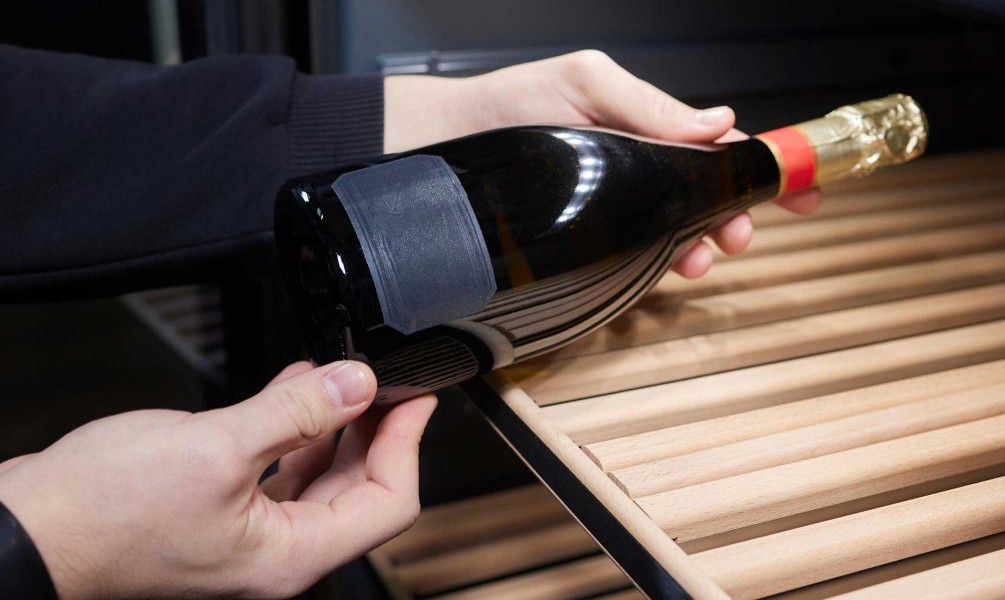
That pop of a Champagne Bottle- is the sound of celebration, love and togetherness. But, what if it opens up only to be a flat and dull bottle that has lost all its sparkle and pop? You’d hate it, right? Champagne, when not stored properly can lose its bubbles, balance and freshness over time.
No sparkle, no energy, just quiet— that's not how a Champagne should be. Champagne is a fancy and invincible drink, that’s also quite sensitive and delicate. It needs great care as we store the bottles away for a milestone celebration or a private time of luxury.
Too much heat, direct light and even excessive movements or vibrations can disturb the ageing process of Champagne, causing harm to its flavor profile and drinking experience. Champagne needs to be treated right—for a bottle that Tastes bright, balanced and fresh.
In this detailed guide, we’ll cover everything you need to know about storing champagne. From the best ways to store unopened bottles to preserving the bubbles after opening, we’ll answer all the key questions, including:
In this guide, we shall cover:
- How long can you store champagne?
- How to store champagne after opening
- Best ways to store unopened champagne
- The truth about keeping champagne in the fridge
- How long does champagne last unopened in the fridge?
- Tips for storing champagne at home without a cellar
- How to keep leftover champagne fresh
- Common champagne FAQs
So, let’s dive into the world of champagne storage and ensure your bubbly stays perfect for every toast.
Why Champagne Storage Matters?
Champagne is a living, evolving wine. Too much heat, direct light, or vibration can disturb its aging process, dulling its aromas and sparkle. To keep it tasting balanced and fresh, it must be stored with care — away from temperature swings, light exposure, and dryness.
The key? A stable, cool, dark, and slightly humid environment.
Want to know what makes Champagne unique from other sparkling wines? Read our guide — What Is Champagne: The Complete Basics.
How Long Can You Store Champagne?
The ageing potential of champagne depends on its style - whether it’s a vintage or a non-vintage champagne, as both evolve at a different pace as they bottle age.
- Non-vintage champagne (made from a blend of grapes harvested in different years): Best enjoyed within 3–4 years of purchase.
- vintage champagne (made from grapes of a single exceptional year): Can age beautifully for 5–10 years, sometimes even longer.
When stored correctly, champagne doesn’t just last—it evolves into a more complex sparkling wine, opening up to your senses gradually as you raise a toast.
Vintage Champagnes develop richer, nuttier flavors, along with the classic bread like notes, while non-vintage champagnes keep their freshness and bright acidity intact, evolving further on the fruit character.
Curious to know more about Vintage, Non Vintage, and many more styles of Champagne and uncover how the bubbly magic happens? Read our special champagne feature: Types of champagne
How to Store Unopened Champagne?
When you purchase a bottle of champagne, whether it's vintage or non-vintage, you’ll want to store it in a way that preserves its quality until you're ready to enjoy it. While champagne is more resilient than many people think, improper storage can lead to flat bubbles, oxidized flavors, or even spoiled wine. So, how should you store champagne to keep it at its best?
The rules are simple, but as you would imagine, they are absolutely non-negotiable:
- Temperature matters
- Ideal range: 50–55°F (10–13°C)
- Avoid sudden thermal fluctuations (e.g., moving bottles between a warm kitchen and a cold refrigerator).
- Keeping it away from light
Sunlight or even strong artificial light, like spotlights in a living room or above a bar cabinet can damage and overtime, mute the fruit flavors of Champagne, throwing it out of balance. - Humidity helps
- A bit of moisture keeps the cork from drying out. That’s why some of the world’s best and most premium champagne ages in underground cellars in the Champagne region. The humidity and temperature are naturally well-suited for Champagne to bottle age for years in these caves that have natural walls of chalk. Chalk soil also plays a vital role in growing champagne grapes.
- Positioning: store the bottles on their side vs. upright. Serious collectors ensure storing champagne bottles horizontally, so the cork stays moist. A dry cork increases the chances of a loosened seal, eventually posing a threat of subtle and accidental oxidation. For short-term storage (a few weeks or months), keeping the bottle upright should be fine.
- Avoid vibrations
Don’t keep champagne next to a washing machine, speakers, or fridge motors. Constant vibration from appliances disturbs the aging process of champagne, tampering with the evolving flavors.
Pro tip: If you don’t have a wine cellar, a closet, an under-the-bed storage box, or even a cool pantry, it works better than the kitchen fridge for long-term storage. It should basically be cool and dry, without much movement and temperature fluctuation.
How Long Does Champagne Last Unopened in the Fridge?
This is one of the most common questions people ask me, I say—we rarely have an unfinished bottle of champagne in our house, but here’s the truth:
-
If you’re planning to drink it within a week, storing unopened champagne in the fridge is perfectly fine. The bubbles are formed from second fermentation so the natural CO₂ will not dissipate that quickly.
-
But for long-term storage, your fridge is too cold and too dry. The cork may dry out, causing the wine to lose carbonation.
So, only refrigerate before serving. Move the bottle into the fridge 24–48 hours before you plan to open it.
How to Store Opened Champagne?
Once the cork pops, champagne is exposed to air, and the bubbles start escaping out of the bottle very swiftly. The challenge is keeping the bubbles intact and the wine flavorful after the cork has been popped. So, how to store opened champagne? But don’t worry—you can still enjoy it for several days if you store it right.
-
Use a champagne stopper — Forget the spoon-in-the-bottle myth—it doesn’t work. A proper airtight champagne stopper is the only way to lock in carbonation.
The best way to store opened champagne is to use a champagne stopper, which is specifically designed to seal the bottle tightly and preserve the carbonation. A champagne stopper fits snugly over the bottle’s mouth and helps prevent air from entering, which would cause the champagne to go flat. It’s important to avoid using a regular wine cork or any other makeshift stopper, as they won’t provide the same level of airtight seal.
-
Refrigerate immediately — Cold slows down the escape of bubbles and oxidation. Once you’ve secured the stopper, place the opened champagne bottle upright in the fridge. Storing the bottle upright minimizes the surface area exposed to air, which helps preserve the bubbles for a longer period. An opened bottle of champagne can last 3-5 days in the fridge with a proper stopper.
How Long Does Opened Champagne Last?
- With a stopper: 3–5 days
- Without a stopper: 1 day max
- Use closure systems like Coravin to keep your premium champagne & wine bottles fresh for up to two months or more.
While champagne can be stored for a few days after opening, it’s best to consume it within 1-2 days for the freshest experience. After that, the champagne will start to lose its effervescence, and while it may still taste fine, the lively sparkle will be diminished.
People often ask, “does Champagne go bad after opening?” While it doesn’t truly go “bad,” the bubbles and brightness start fading within 1–2 days if left unsealed. Using a Champagne stopper and refrigerating it right away keeps it fresh for up to 5 days.
How to Store Champagne in the Fridge?
Sometimes you need your champagne chilled and ready to go. Here’s the right approach:
- Short-term (a few days): Store the champagne bottle in the fridge, ideally on its side.
- Before serving: Chill for at least 3–4 hours; Champagne tastes best when served well chilled.
- Service temperature: Always serve champagne at 6–10°C to enjoy the delicate mousse and other flavors.
- Quick chill hack: Place your favourite champagne bottle in an ice bucket with half cold water, half ice, and a handful of salt. It will be ready to pop in 20 minutes.
Why Fridge Storage Can Be Harmful Long-Term?
However, for long-term storage, the fridge is not ideal. Standard kitchen refrigerators are too cold for champagne, typically running at temperatures below 40°F (4°C). Prolonged exposure to these low temperatures can alter the champagne’s flavor and texture. Additionally, the lack of humidity in the fridge can dry out the cork, leading to oxidation.
If you need to store your champagne for an extended period, it’s best to invest in a wine fridge. Wine fridges are designed to maintain the optimal temperature and humidity for wine and champagne, preventing the cork from drying out and keeping the wine in prime condition.
How Long Can You Store Champagne in the Fridge?
If you’ve already placed your champagne in the fridge and are wondering how long it can stay there, the general rule is that champagne should not be stored in the fridge for more than a few weeks. After that, the cold, dry environment can start to affect the quality of the wine.
How to Store Champagne at Home?
Well, all of us don’t have a dedicated wine cellar or a wine fridge maybe —but we don’t need to run for one to keep champagne at its best. I’ll share some more simple ways of storing champagne at home, so it holds on to that bubbly goodness for longer:
- Closet or under-bed storage: Dark, cool spaces are perfect substitutes for a cellar.
- Wine racks or coolers: A small wine fridge is a great investment if you buy champagne regularly.
- Avoid the kitchen: Heat from cooking and other vibrations makes it the worst place for long-term storage.
- Bathroom no-no: Humidity may sound good, but temperature fluctuations from showers are terrible for champagne.
Think of champagne as a living wine—protect it from stress, and it will reward you with incredible flavor complexity when you finally open it.
How Do You Keep Champagne Fresh After Opening?
Leftover champagne is never to be wasted. Here’s how to preserve the precious bubbly:
- Seal tightly with a stopper - Keeps the fizz alive.
- Refrigerate immediately - Don’t leave it out at room temperature.
- Don’t shake or move the champagne bottle too much - agitating the bubbles will make them dissipate faster.
If you’ve got half a bottle left, transfer it to a smaller bottle (like a 375ml wine bottle) before sealing. Less air in the bottle would slow down oxidation and preserve fruit freshness for a longer time.
What To Do With Flat Champagne?
Even if your champagne loses its bubbles, don’t pour it down the drain. Flat champagne can be used in:
- Cocktails (like a French 75 twist)
- Cooking (deglazing or in pasta dishes)
- Champagne vinaigrettes
Serving Champagne: The Other Half of the Story
Storage is just one part of the champagne experience. Serving it correctly is just as important and makes all the difference. Make sure to chill the bottle to the perfect temperature and serve in quality glassware to enhance the experience of drinking champagne.
FAQs on Champagne Storage
1. Is it better to store champagne standing up or lying down?
Keeping bottles lying down on their side is a better way for long-term storage since it keeps the cork moist. For short-term storage (a few weeks), an upright position is fine.
2. How long can you store champagne standing up?
A few months at most. Any longer will cause the cork to dry out, letting the oxygen in and the bubbles out.
3. Should champagne be kept in the fridge?
Yes—for short-term. Keep bottles in the fridge if you plan to drink them soon. For long-term storage, a cool and dark cabinet or a wine fridge is better.
4. How do you keep champagne fresh after opening?
Use a champagne stopper, refrigerate it immediately, and drink within 3–5 days. If planning to store for a long time, use a closure like Coravin.
5. Can you freeze champagne to store it?
No—freezing will ruin the texture, carbonation, and taste. Please do not try. But, Champagne could be one of the ingredients in a frozen cocktail.
Final Thoughts
Champagne is surely a luxurious drink, but storing it doesn’t need to be complicated.
Remember:
- Unopened bottles - Keep them in a cool, dark corner or cabinet of your home and on their side for years of enjoyment.
- Opened bottles - Use a stopper and refrigerate to extend the fizz. Or invest in a tool like Coravin.
- Fridge rule - Fine for short-term storage, but don’t plonk it in for months and forget about its existence.
Whether you're saving a special bottle for a future celebration or simply keeping some bubbly on hand, knowing how to store champagne properly ensures that it stays fresh and sparkling. By maintaining a cool, dark, and stable environment, using a champagne stopper after opening, and avoiding long-term storage in the fridge, you can preserve the quality of your champagne and enjoy it at its best.
With the right storage methods, you can be confident that every glass of champagne you pour will be as lively, flavorful, and effervescent as it was meant to be.

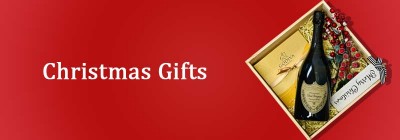






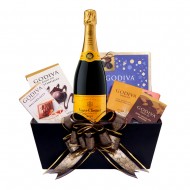

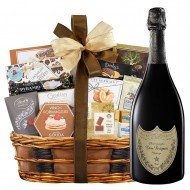
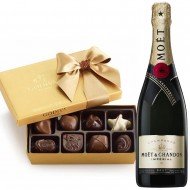







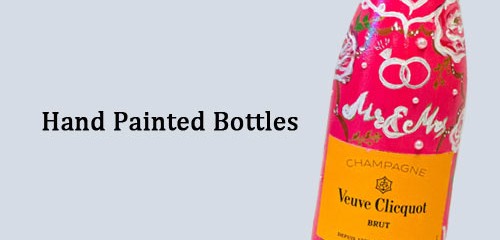
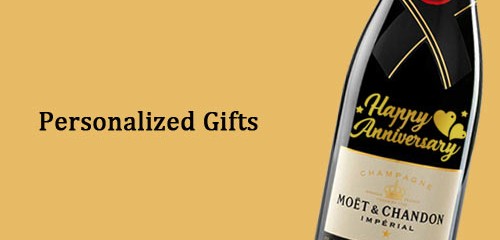
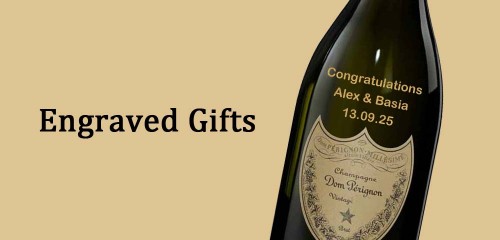

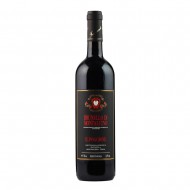
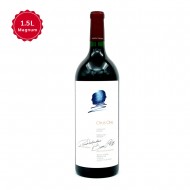
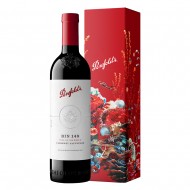
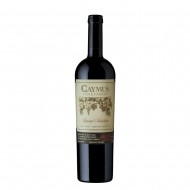
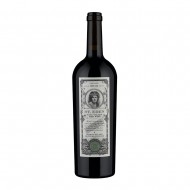
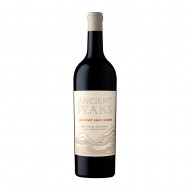
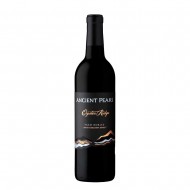
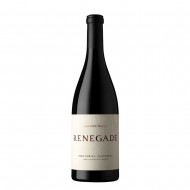
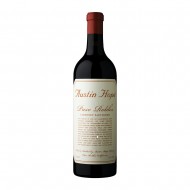
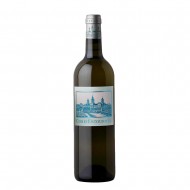
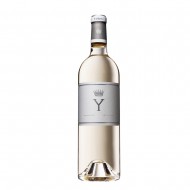
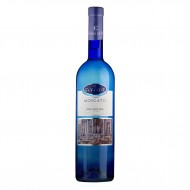
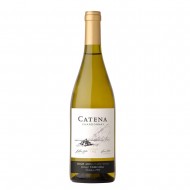
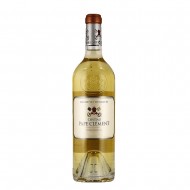
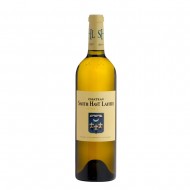
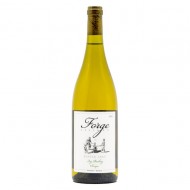
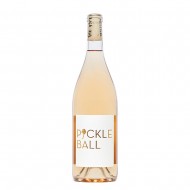
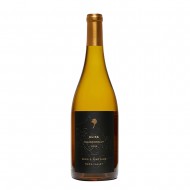
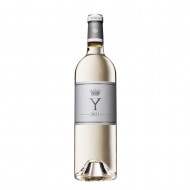
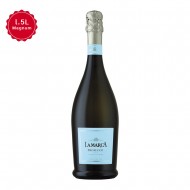
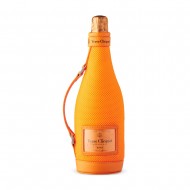
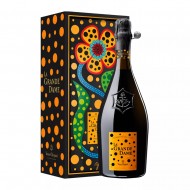
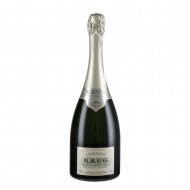
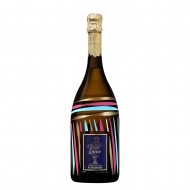
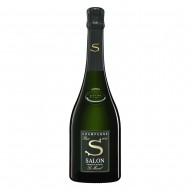
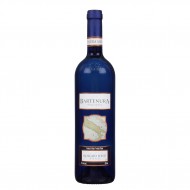
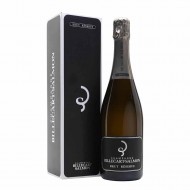
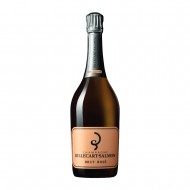
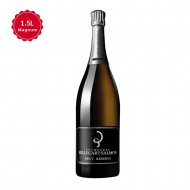
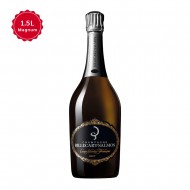
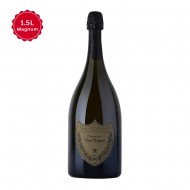
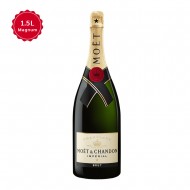
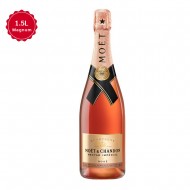
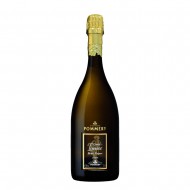

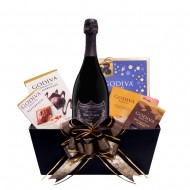
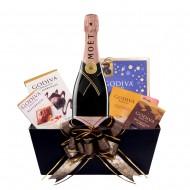
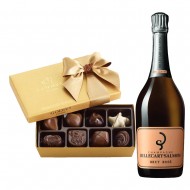
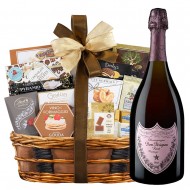
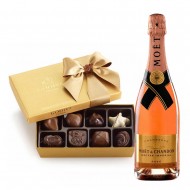
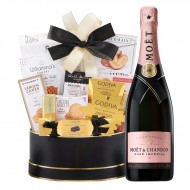
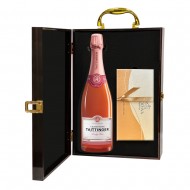
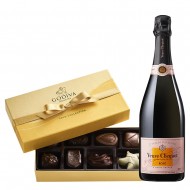
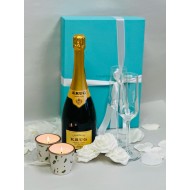
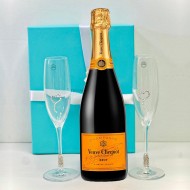
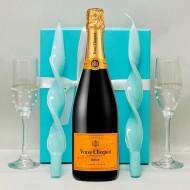
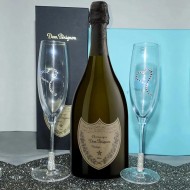
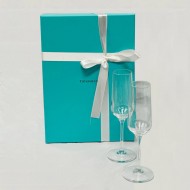
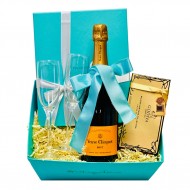
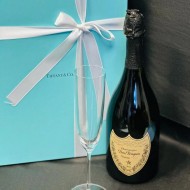
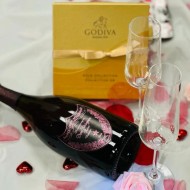
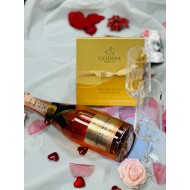
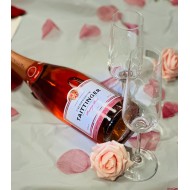
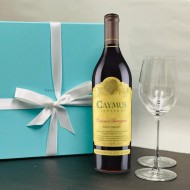
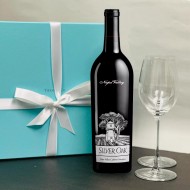
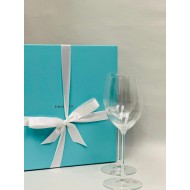
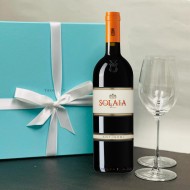
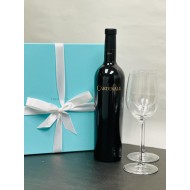
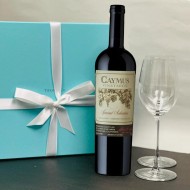
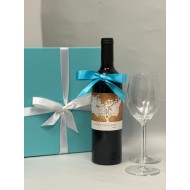
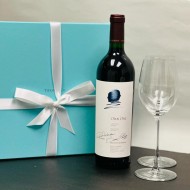
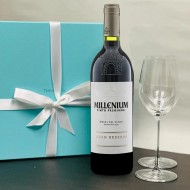

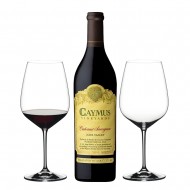
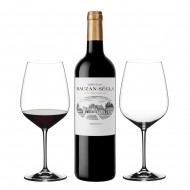
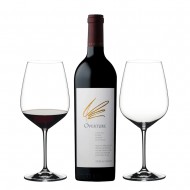
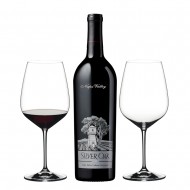



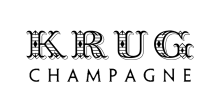



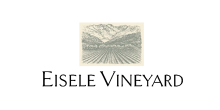
















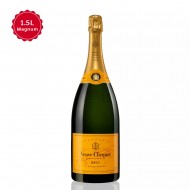
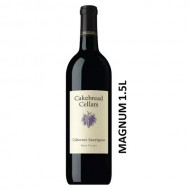
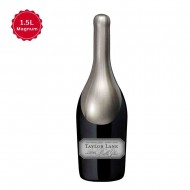
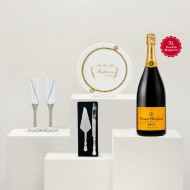
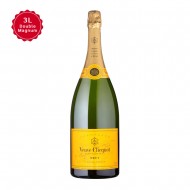
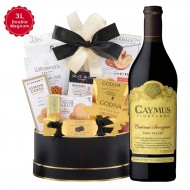
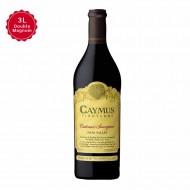
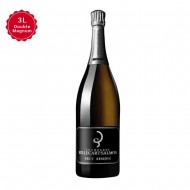
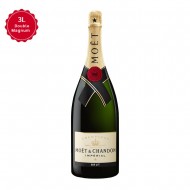

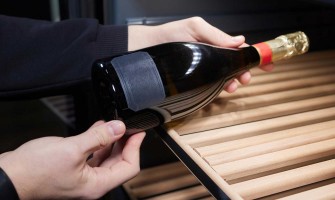
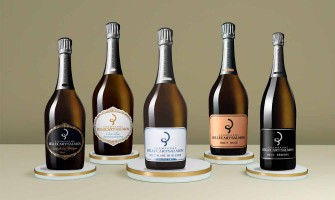
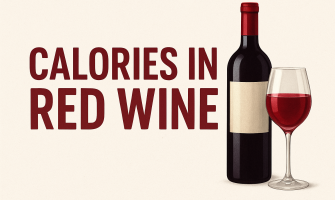




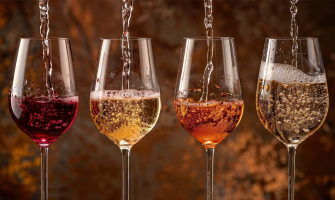
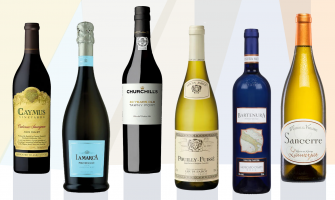


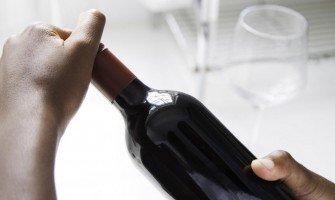
Leave a Comment